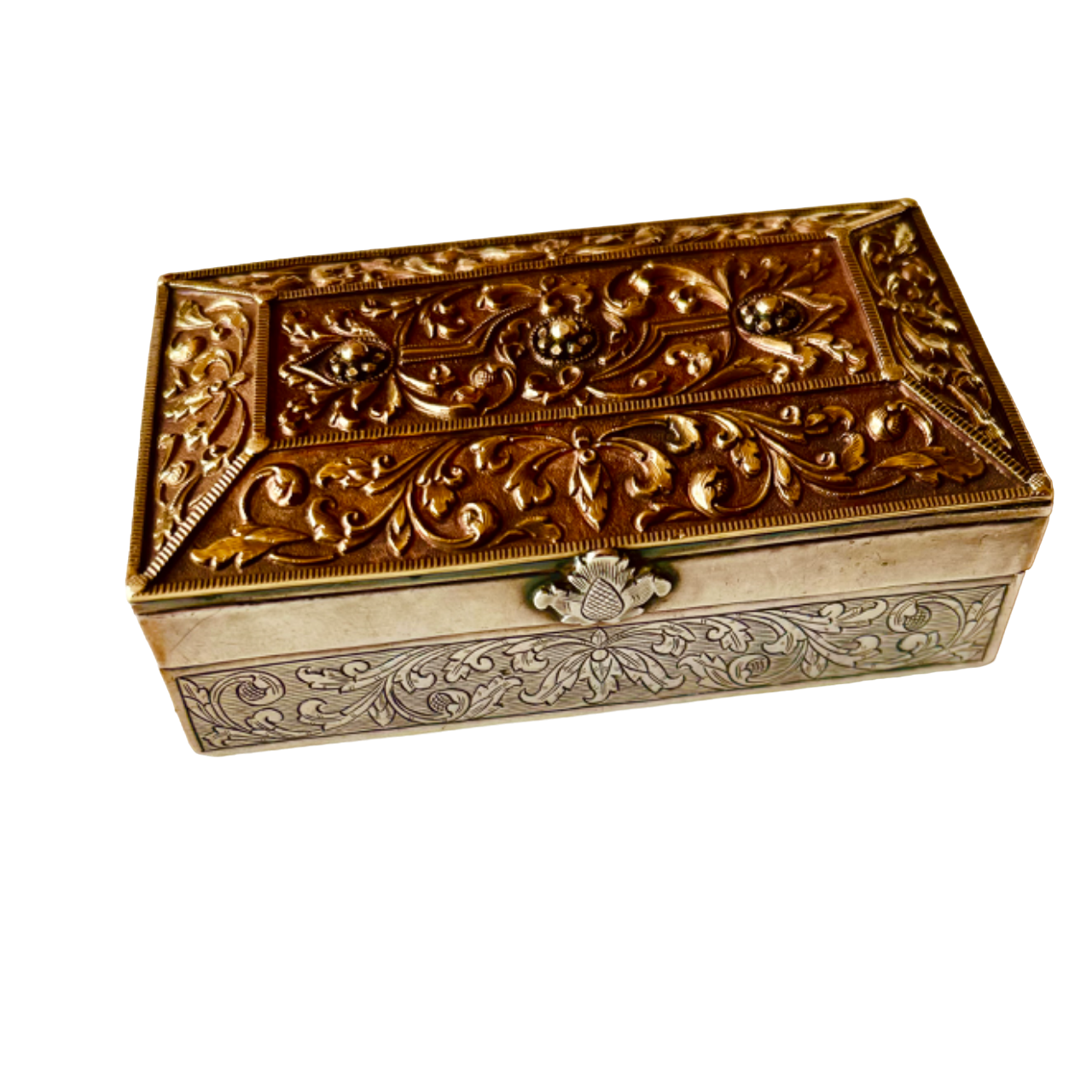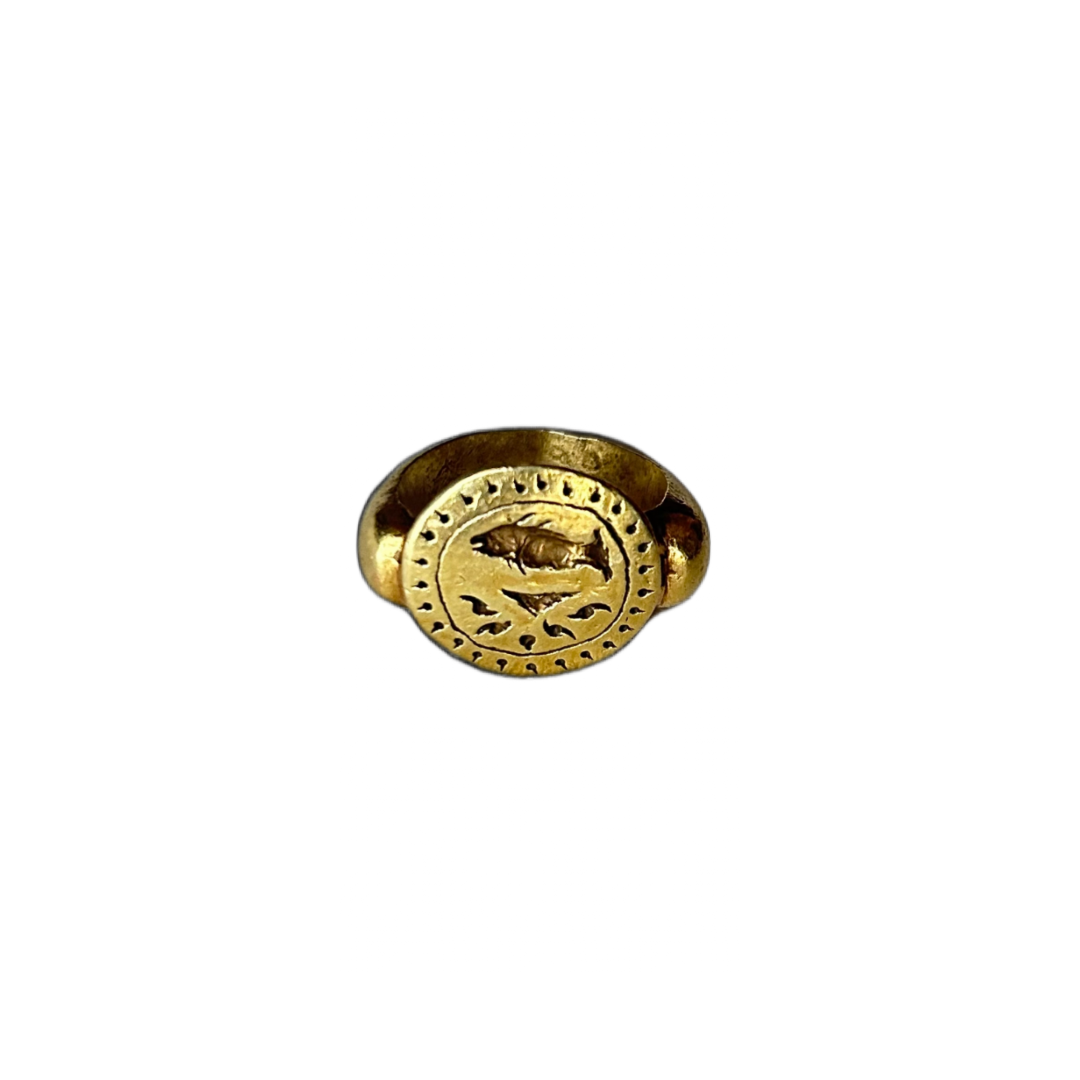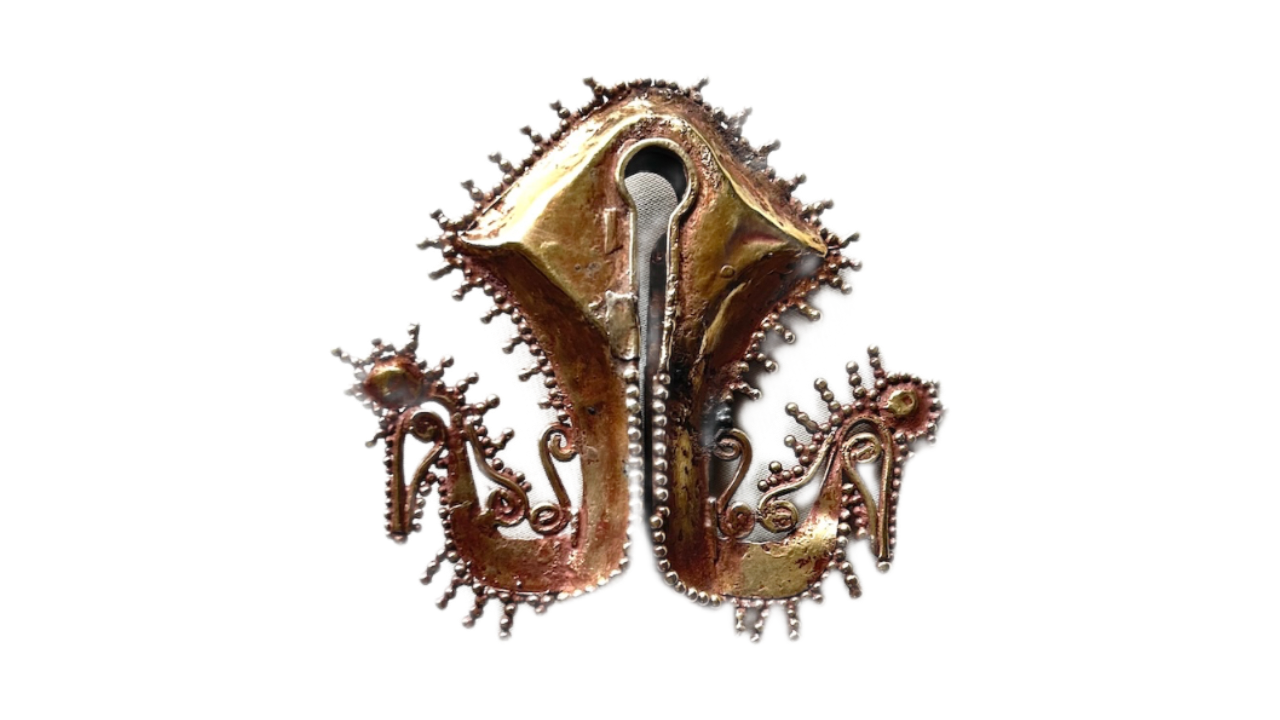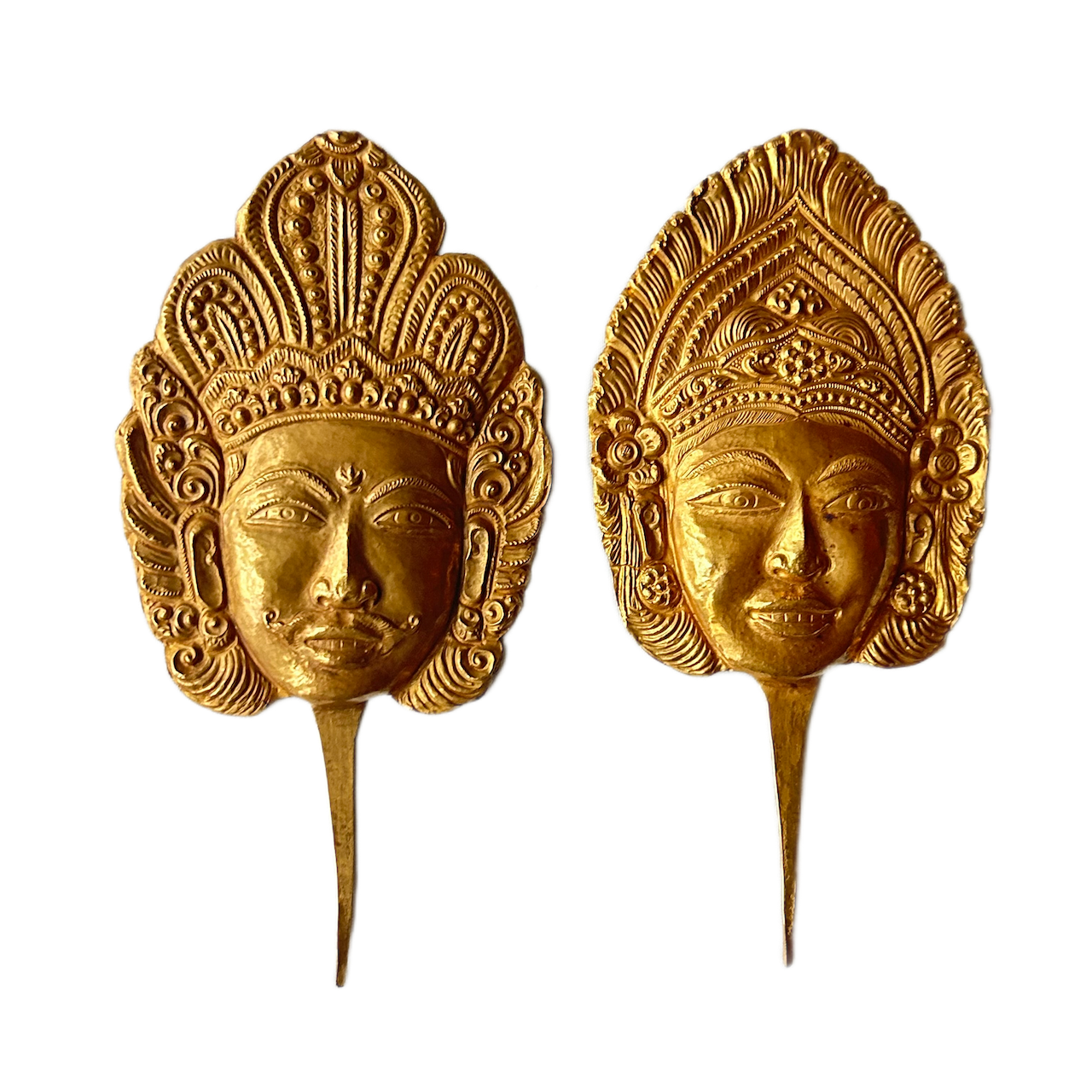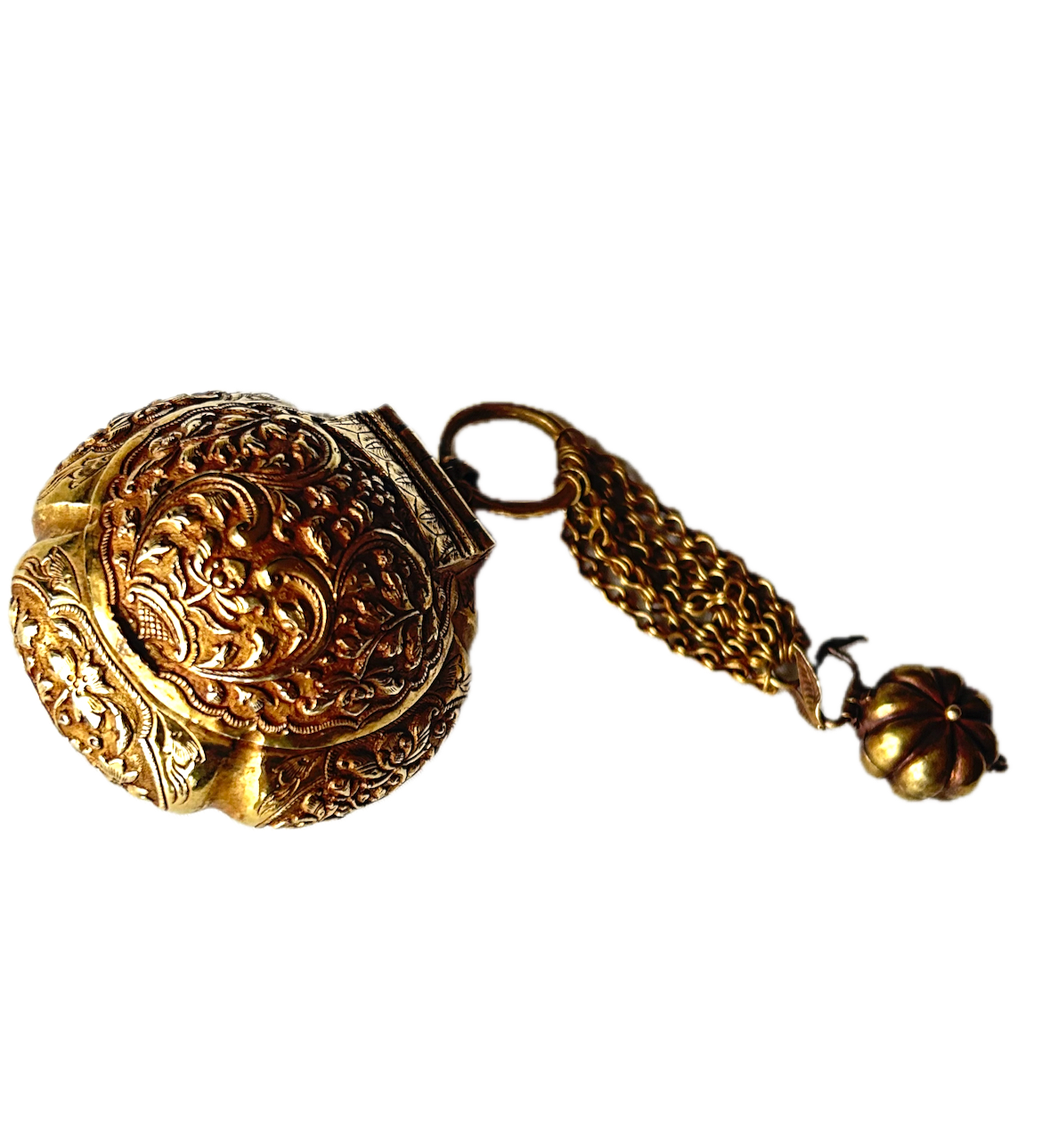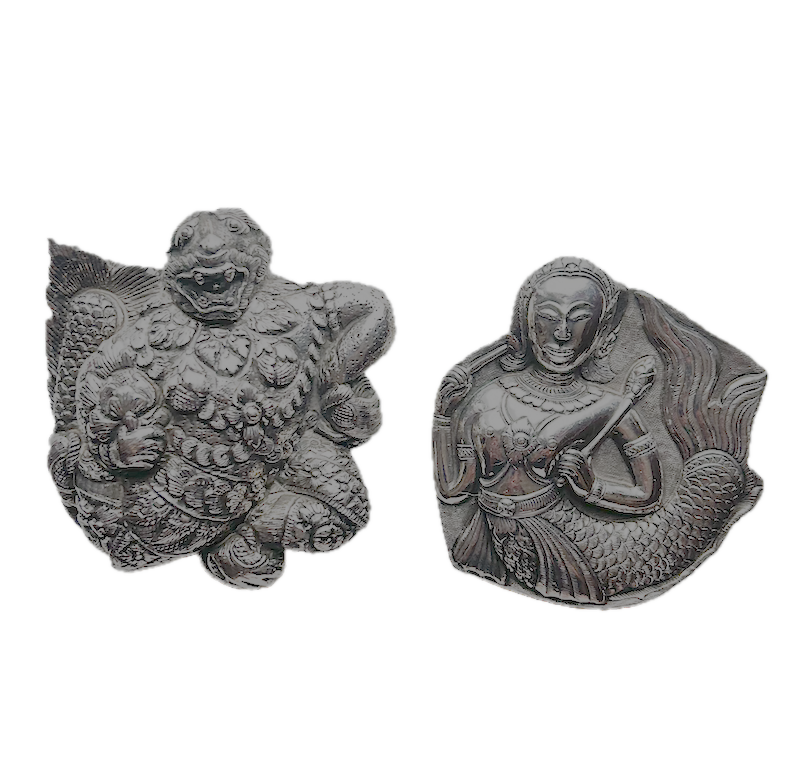Cuba was more than just Salsa
Well my experience in Cuba was more than just salsa, rhumba, son, mojitos and music.
As expected after queing for an hour and a half at the smoke free immigration hall I realised that I was at the wrong counter so I moved to the visa free counter and stood right in front of the queue. Despite that I was still obliged to wait for another 30 minutes for my turn. Once I got my passport sorted out I went to inquire for a room in Havana at one of the information counters..........
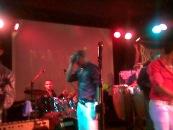
After learning Spanish on my own for 5 months I was very eager to engage in a conversation in Spanish but to my surprise and my disappointment they impressed me with their spoken English. One of the counters gave me the address of a hotel that had one room left which was unusual during the peak holiday season but I turned it down after the next counter convinced me to stay in a good friend's casa in Habana Centro.
I got into a cab and headed straight for the casa but to my disappointment I refused to step down from the cab when we got there. I insisted that he had made a mistake and he said. It is good. Very good and clean and centro'. Reluctantly I got off and walked towards the kitchen that was along the road. A big Cubana who was busy mopping the floor stopped her chore and greeted me like a long lost friend. Then she started making phone calls to locate other casas because her casa is fully occupied. Feeling uneasy, restless and doubtful I told her that I would go somewhere else but she refused to let me go. When I insisted she barked and said that I must be driven by them to another place for 5 pesos and that she would get me a room.
It was nearly 8 pm when we arrived at Hotel Islazul after a short drive. She ordered me and the driver to remain in the car as she left to locate a room for me. I told the driver that I prefer to be on my own so I paid him 5 pesos and left but then I saw her walking towards me and told me that it was fully booked. When she realised that I had dumped them she got really mad. As they drove past me she stuck her head out of the window and shouted 'China'.
Well I got rid of them and while I was left standing alone in front of the hotel I looked around for other possibilities but there was no sign of other hotels besides a few eateries across the road. I went back to the hotel for another chance.The receptionist was welcoming and she had impeccable false nails like every woman in Cuba. She told me that Havana is fully booked but she would try her best to get me a room. I waited at the lobby bar and got myself a mojito. It was served by a suave barman who soon introduced me to a cuban couple and other foreign tourists. It was worth hanging around because the lady managed to secure me a room for two nights. It was very basic and simple. After a shower and a short rest I went out clubbing with those people I met in the lobby bar till three in the morning.
Havana was very much like what I have seen in movies. There were many big vintage cars than I thought and the ambient of the city intrigued me. It was like going back 60 years except for its lack of glamour of the pre-Castro period. Most Cubans wore slippers, shorts or short skirts with singlets but the men prefer to be topless. They loved walking around the city's streets with the gait of a salsa dancing king or queen. Unlike most cities, I think that the trade embargo had kept the streets less congested with cars. What was also fascinating was seeing cabbies with cigar dangling from their mouth while maneuvering the old steering of the old vintage cars. The packed cars are filled with Cubans donning funky hairdos and sun shades. This scene could naturally be an Al Capone's movie setting.
The city is built in the mid 1800 by the Spanish colonialist. The buildings whose decorated facades, domes and pillars are beautiful and majestic. The glory of the city's past could be felt in a few grand old hotels. One of them is the Sevilla hotel that is frozen in time. Its ambience emanates a nostalgic feel in every part of the hotel. Bars like Floridita which is made famous by Ernest Hemingway is very lively and chic. Almost every single tourist went there for a daiquiri or a mojito.
Old Havana has many little folk museums as well as homes of some famous European writers and poets. Restaurants are everywhere but grocery stores are hard to come by. Their half-filled shelves are dominated by Havana club rums, beers, soft drinks, water, cookies and sweets. Musicians are every where happily playing music all day and all night long for tourists. One must be prepared with lots of small change for tipping since their livelihood depends on it. Their average income range between $30 to 50 a month and besides having a different currency for locals the state controls everything except 20 % of the land in the country are privately owned, mostly by farmers. Education and health care is provided by the government at no cost.
The queue for money exchange is forever long and one has to wait outside in the hot sun or rain till one is allowed inside. It is advisable to double check your money because the receipts are blurred and are indistinct due to the lack of ink. Once I was short changed in a bank but since I took my time to count my money I got every penny back.
Another long queue is the telecommunication shop which sells mobile phones and computers. The queue to get in the store is at least two hours long. Since the access to internet is only available lately, only a few people have access to it.
On new year's eve I had to moved out of my hotel for another casa nearby because my room has already been booked by someone. Nothing really worked even though it was refurbished. The air conditioner shook violently and the doors in the room could not be closed properly.The woman who run the place was always in bad mood and unpleasant but her husband was more service orientated. On my way out that evening he said that I must be back to their casa by 3 am and just keep sufficient money in my pocket for the evening. He also advised me to leave my passport and visa in the room. 'We can guaranty your passport and visa but not your money. It is new year eve and it's crowded out there'. I made the right choice by listening to him even though my room door lock is broken and anyone could come in. However I spent my early evening at Floridita where I met with interesting people who knew Cuba. My evening was enlightened by listening to their wonderful stories about the country.
Havana was quiet and peaceful on new year's day. Chinatown was within walking distance from my casa so I went there on foot with the intention of savoring some roast duck for lunch but to my disappointment there were only two streets of Chinese style shop houses and a couple of Chinese restaurants that were run by Cubans.They were busy dishing up some dishes that didn't look familiar to me. Other than seeing a few students from China who were there learning Spanish in the universities, I did not see any descendants of Chinese people who have migrated over there in the 19th century. They must have fled the country during the revolution.
Vinarles in Pinar Del Rio is the cigar producing region in western Cuba. Due to its favorable climate which is cooler than other regions in Cuba it is very suitable for tobacco plants. Tobacco leaves are ready for harvesting within four months of sowing but the process of drying and fermenting takes many years. A connoisseur would blend the seasoned tobacco leaves to be hand rolled into cigars of different calibre. Apart from a few big cigar producers in Vuelta Abajo there are also many other small farms run by small families. Besides tobacco they also grew other crops and they toil among roaming pigs, cows and sheep. Unparalleled to the complexity of the vineyards in France, these tobacco farms produce luxury cigars that are known world wide.
The scenic countryside is dotted with limestone hills and wind swept palm trees. A short boat ride on a river that runs through stone caves of eroded lime stone and grotesque walls can be quite exciting. In the foreground horse-drawn carts are moving back and forth pulling up to 15 people at a time. This means of transportation is common in rural areas.
The land along the motorway back to Havana is undeveloped with primary forest abound with real palma 'royal palm' their national tree. I can see many trees bending low to one direction after being struck by three hurricanes in the last rainy season. Many homes and crops are destroyed but the trees probably survived.
As the bus was approaching Havana I was surprised to see many hitch hikers along the motorway. They were hoping to get a free ride simply because they didn't have any money. It must be very hostile and miserable during the wet season and people probably stayed home.
My overnight group trip to the central of Cuba covered two provinces. Santa clara was our first stop after several hours of rolling along scenic sugar cane plantations and fruit orchards. The centre of attraction was the Che Guevara's memorial. It was built to commemorate his heroic deeds in Santa clara in 1958. Together with other guerrillas they successfully derailed a train that was laden with arms destined for the army to fight them. This plot weakened the ruling regime and Cuba was divided by half. Memorabilia of this doctor's entire life was on display. He was killed in the jungle in Bolivia in 1967. His remains that were found 20 years later were kept in the memorial alongside other compatriots. Che remains a hero and a myth in Cuba and T-shirts depicting his handsome face are sold everywhere on the island as well as in the streets of Bangkok.
The little square of S.Clara was mediocre. We ate lunch and toured the place briefly after which we rushed on to our next destination towards Santa Spiritus.
The Manaca tower which is just outside of Santa Spiritus is 45 meters high and stood tall in the centre of a large sugar cane plantation that existed during the colonial period. It was built to control slaves who toiled in the fields and in the sugar refineries. I climbed on the wooden steps to the top of the tower for a good view of the surrounding area. It was extensive and vast but no longer a sugar cane plantation .
The city's main square is bigger and more lively than the former. Like most places, the buildings were built between 1800-1900 in the Neo-classical french style whose architecture was opulent during that era. I spent a night in a family resort motel that is situated between S.Spiritus and Trinidad. That evening I offered some of my huge Cohiba cigaros to some nice people who were seated at the same dinner table. Some energetic ones enjoyed themselves in the cabaret till dawn. The next morning we ate breakfast before heading out for our next tour. We were all set to leave but the entire busload of people had to wait on two guys who showed up half an hour later. Despite our annoyance no one said a word.
Like Havana, Trinidad which is in the province of S.Spiritus is also a U.Nations heritage site. This small charming city in the south of the province is a historical city built in the 18-19th cent. All buildings remain unchanged except for a few abandoned or partially burnt down buildings without roof. The old folks come overhere to party and danced the night away to the Moonlite. It was really exotic..
In 18th century, Trinidad was the capital of the centre of Cuba. It was one of the first seven cities founded by the Spanish and being surrounded with sugar refineries, it became a colonial jewel. Palaces and grand residences with artistic balconies, windows and doors with grills were built. The colourful cobbled street-lined facades and steps have contributed to its reputation as a museum city.
Though touristy, the people of Trinidad were very friendly and were less obsessed with the tourist dollar. Street musicians and those playing in the courtyards were countless. The wandering musicians have turned the city to a lively place filled with people dancing away to the loud music. The most spectacular concert was at the bottom of the steps in a wide open area. Several bands took turns to perform to a good crowd of 100 people or more till dawn daily. They played salsa, rhumba, cha cha cha, son and Afro-Cuban music. The dancers of the latter could really wriggle their bumps so vigorously and well. As the sun was setting, the view of the activities below from the top of the stairs was spectacular against the backdrop of the ever changing orange skies on the horizon.
My casa in Trinidad where I spent three nights was run by a former school teacher called Gisella. She was very hospitable and friendly and she loved nurturing her herbs and roses in the little courtyard where my room was located. The room included two meals at the rate of 30 euros per night.
A day out on a hobby cat with a group of tourist was really fun. It sailed swiftly and silently towards an uninhabited island on a hot and sunny day. The wind was mild and the winter sun was not so strong. Everyone was already drinking rum and beer as soon as we got on board at 10 in the morning. We bathed in the sun until we got to the island two hours later to snorkel in the coral reefs amongst colorful fishes. The water was crystal clear and refreshing.
This little island in the southern part of Cuba is known for its Komodo dragon lizards. After a heavy meal and a couple of drinks I explored the surrounding area. I took a nap in a good spot and when I opened my eyes, a hugh cute lizard looked at me ardently but harmless. It looked more like a little dinasoar to me.
The other excursion out of Trinidad was a day trip to the forestry part of the country's reserve parks. We got there in a rigid and noisy Russian truck which seemed more like a military tank but with seats added on. Then we had to walk for two hours to get to a beautiful water fall where we all had a good swim in this natural pool. The trail was easy and lush with sub-tropical plants and occasionally we come across pigs. They would stopped and looked us right in the eye and next minute they were gone.
The following day I took a bus back to Havana. I wondered around the city during my last day in Cuba before heading for the airport later in the evening. As expected the long queues of passengers took a long time to clear. It was raining hard outside and water was seeping in through the roof. I waited patiently till boarding at around midnight. I was so glad that I have finally seen and experienced Cuba. I had a wonderful time and hopefully the next visit will be yours. Curiosities kills a cat.
Note: Unfortunately I accidentally deleted all my pictures taken in Cuba in 2007.

